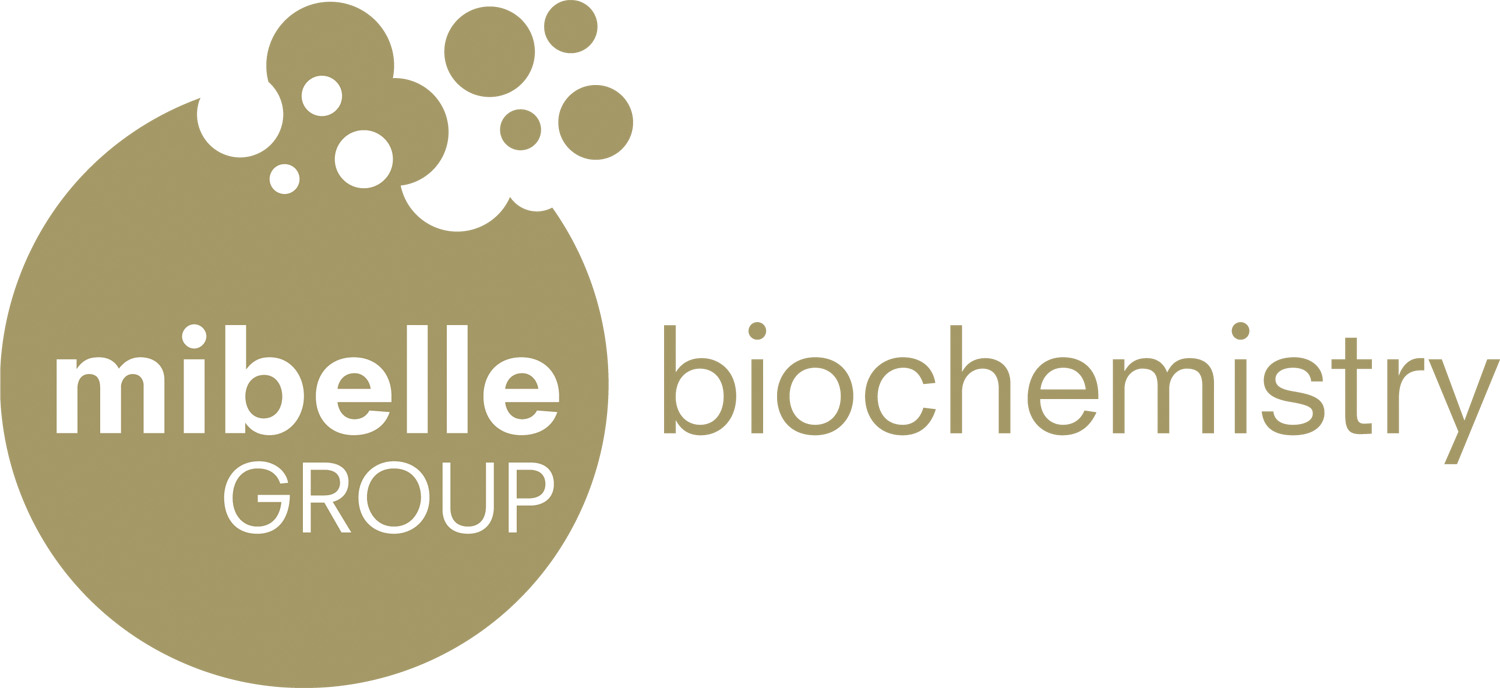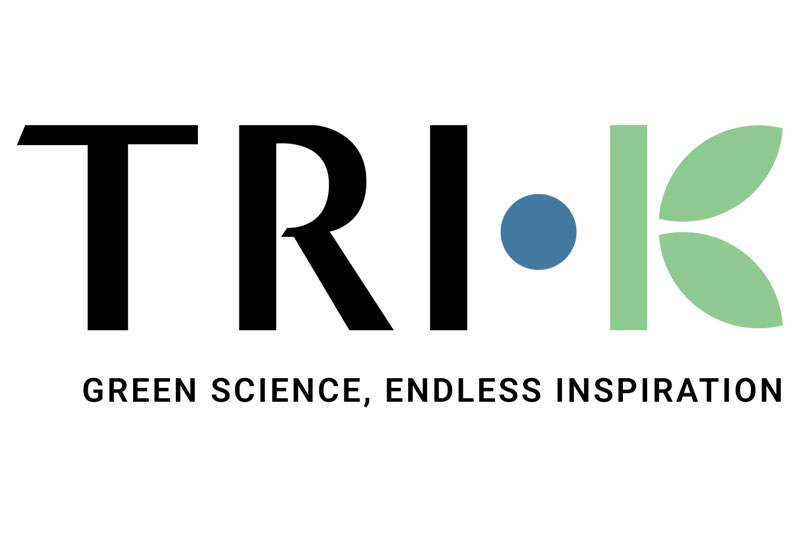Last month, the author wrote about ways of maximising the potential of existing sun filters and providing protection from near infrared (IR), as well as UVA and UVB. This month, the focus is on mitigating the unwanted effects of solar radiation on skin and hair.
The Photo-ageing Process
Chronological ageing is the process of getting old through time; photo-ageing refers to the cumulative detrimental effects, primarily visible as wrinkles or dark spots on skin, of long term exposure to sunlight. UVB rays are the main cause of sunburn and UVA rays, with their longer wavelength, are responsible for much of the damage associated with photo-ageing. They penetrate deep into the dermis, where they damage the collagen fibres and cause increased production of abnormal elastin. The unusual amounts of elastin result in the production of matrix metalloproteinase enzymes, which often malfunction and degrade the collagen, resulting in wrinkles and leathery skin.
According to the Canadian Dermatology Association[1] up to 90% of skin ageing is due to the deleterious effects of the sun. Effects are cumulative, and sun damage manifests itself by the appearance of fine wrinkles around the eyes and mouth; frown lines on the forehead; spider veins on the nose, cheeks and neck; and various pigmented spots, such as freckles, solar lentigines, or an uneven skin colour.
There is a general loss of skin tone in sun-exposed areas, lips start to lose some colour and fullness, and eventually the skin becomes leathery and sags. There may be scaling, exposed skin may bruise more easily, and red, rough scaly spots, called actinic (sun-related) keratosis, may appear.
There are two important regulators of collagen production:





